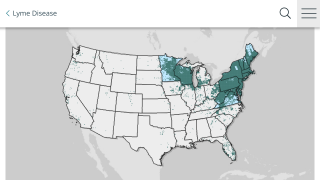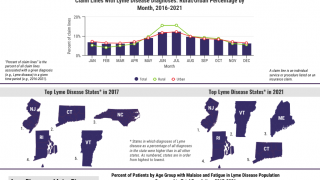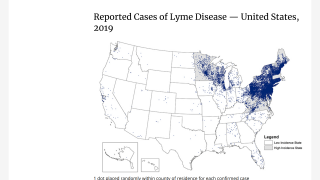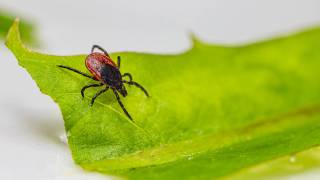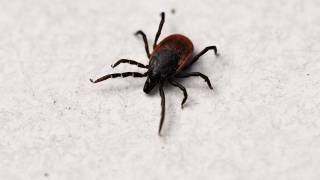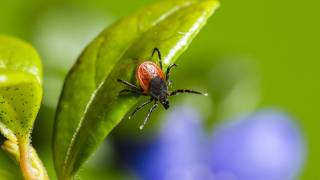Ticks Or Mosquitoes, Which Carry the Worst Disease

The American health system is under attack from the smallest creatures, reports the Centers for Disease Control and Prevention (CDC)
A total of 642,602 cases from 16 diseases caused by bacteria, viruses, or parasites transmitted through the bites of mosquitoes, ticks, or fleas were reported by the CDC during 2004–2016.
Moreover, the CDC says these cases may be substantially underreported.
The overall number of cases masks two distinct trends, says the CDC.
Epidemics characterize the mosquito-borne viruses and the dynamics of vector-borne pathogen transmission.
Over the past 13 years, tick-borne diseases more than doubled and were found to be the source of 77 percent of all diseases reported.
Specifically, Lyme disease accounted for 82 percent of all tick-borne cases.
But, spotted fever rickettsioses cases also increased.
As previously reported, the CDC says most tick-borne disease cases predominated in the eastern continental United States and areas along the Pacific coast.
Separately, vector-borne diseases have become difficult to prevent and control says the CDC.
This is because of increased international travel, and the diseases travelers bring home.
During the 2004–2016 period, 9 vector-borne human diseases were reported for the first time from within the United States and U.S. territories.
Mosquito-borne dengue, chikungunya, and Zika viruses each made the news headlines and were periodically epidemic in various US Territories.
There are more than 3,000 species of mosquitoes, but 3 are primarily responsible for the spread of human diseases: Anopheles, Culex and Aedes spp.
Worldwide, over 1 million people die from mosquito-borne diseases every year.
During this study period, Puerto Rico was impacted often.
All four dengue viruses were endemic in Puerto Rico in 2010 and during 2012–2013. Also, Puerto Rico’s first chikungunya virus epidemic peaked in 2014, followed by the Zika virus in 2016.
While the West Nile was the most commonly transmitted mosquito-borne disease in the continental United States. Its most notable epidemic during 2004–2016 occurred in 2012, in Dallas County, Texas.
This CDC report concludes by saying vector-borne diseases are a large and growing public health problem in the United States, characterized by geographic specificity and frequent pathogen emergence.
Differences in distribution and transmission dynamics of tick-borne and mosquito-borne diseases are often rooted in biologic differences of the vectors.
To effectively reduce transmission and respond to future outbreaks, will require improvements in surveillance, diagnostics, reporting, and vector control, as well as new tools, including vaccines.
Our Trust Standards: Medical Advisory Committee







